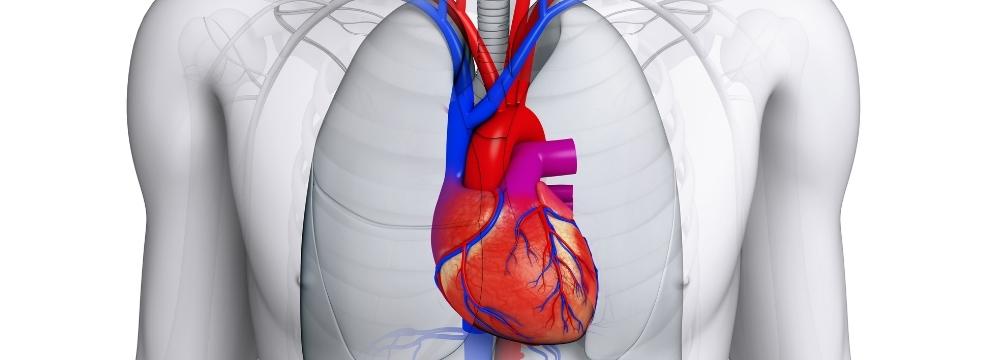Dual Procedures for the Management of Afib and Its Stroke Risk

Afib, or atrial fibrillation, is the most common cardiac arrhythmia in the US, with upwards of five million people suffering from the condition. While it may seem innocuous to someone who hasn’t experienced it, significant concerns are associated with Afib beyond the obvious lifestyle impediments and discomfort of a fast-beating heart. The main concern for an electrophysiologist like Dr. Moretta is the significantly increased risk of stroke and heart attack and the longer-term risk of congestive heart failure.
To understand this risk and how a procedural option can make a difference, we must explore the heart and how it works. The heart is divided into four separate chambers. Two upper chambers are known as the atria, and two lower chambers are known as the ventricles; these chambers work in a coordinated manner to receive electrical signals that initiate and coordinate a heartbeat. When these electrical signals begin to malfunction, patients develop an arrhythmia.
The left atrial appendage (LAA) is a small outpouching from the left atrium. You can think of it much like the appendix in the colon. There is no known use for the LAA, but it can be downright problematic in some instances. Those suffering from Afib and the resultant disorganized beating of the heart are at a greater risk of blood pooling and stagnating in the LAA. If this blood starts to coagulate, it can form clots. If a clot breaks off and enters the bloodstream, it can travel to the brain and cause a stroke. It is estimated that about 12% of all strokes are caused by Afib.
We know that medical therapy is the easiest and most effective way to treat this increased risk of stroke. Between blood thinning medications known as anticoagulants and antiarrhythmics, about 50% of patients receive significant and satisfactory relief. However, the other 50% either experience side effects from the medication or it does not work as intended. This half of the patient population may opt for one or even two complementary procedural solutions.
You May Need a Cardiac Catheter Ablation
You may have read elsewhere on the site that cardiac catheter ablation is an excellent procedural option to address the root cause of Afib – malfunctioning heart tissue. Not only does it help the symptoms, but it destroys the problematic areas, bringing well-qualified patients back to sinus or normal heart rhythm about 75 to 80% of the time. It is also an excellent option because it doesn’t preclude other treatment modalities, even another ablation if the initial procedure does not offer the expected improvement.
Very soon after the catheter ablation, most patients will begin to see an improvement in their heart rhythm, and by six weeks, the full effect of the procedure should be felt. For many, this means not worrying about an Afib episode for years. However, while the atrial fibrillation may have been brought under control, the concern about pooled blood in the LAA remains. This means that the stroke risk remains elevated.
Enter Left Atrial Appendage (Laa) Occlusion
To address the potential for blood clots to dislodge and cause a stroke; we have another excellent and minimally invasive procedure available – left atrial appendage occlusion or closure. During this procedure, the LAA is essentially plugged using a tiny device (Dr. Moretta employs both the Watchman and the Amulet) fitted to the opening of the LAA. Over time, the body creates a seal of scar tissue using the implanted plug as scaffolding. While the seal cannot guarantee the filtration of all blood clots, the risk of stroke is diminished tremendously.
Two Procedures, Many Benefits
Both catheter ablations and LAA closures are performed in our advanced electrophysiology lab, using the same minimally invasive catheter technology. We can often schedule these procedures just a month or so apart to get our patients back to normal as soon as possible. After these procedures, patients can usually wean off of their medications and return to a normal lifestyle.
If you are experiencing atrial fibrillation, we encourage you to schedule a consultation with Dr. Moretta. During this consultation, you can learn more about each procedure and the potential for a combination intervention. Best of all, it is worth knowing that catheter-based electrophysiological interventions have never been as safe as they are today, and their effectiveness is unparalleled.
We look forward to helping you manage your arrhythmia and getting back to you with what you enjoy sooner.